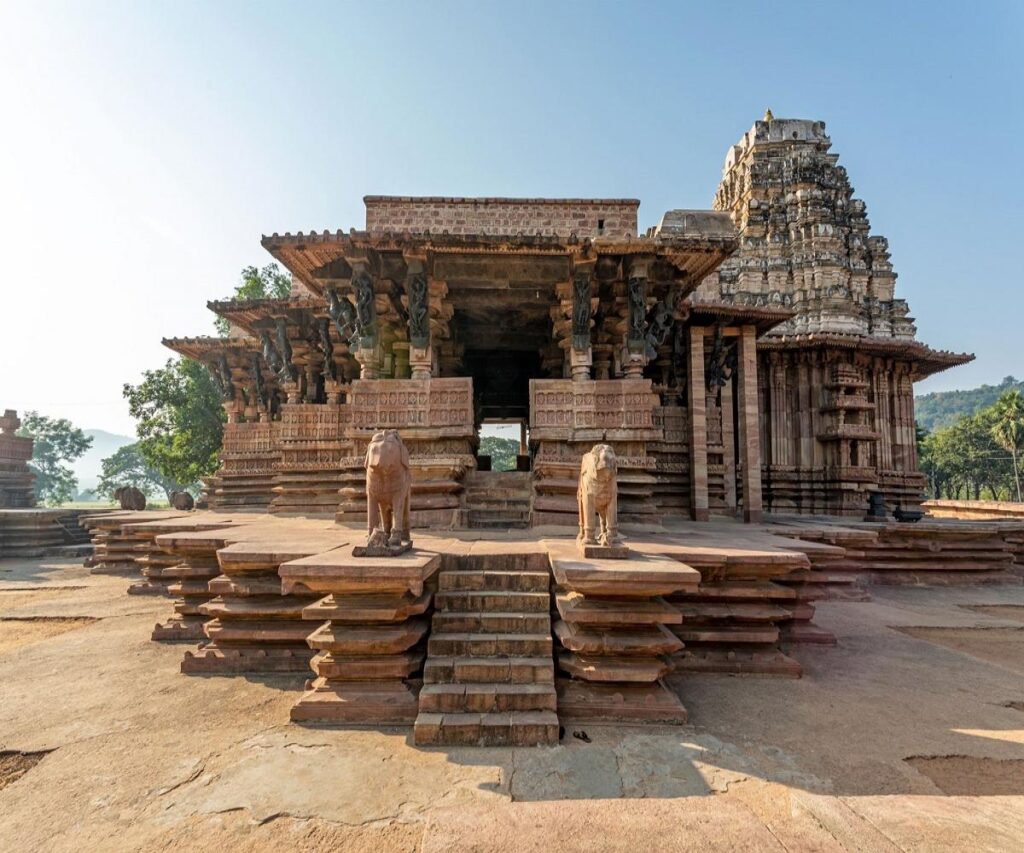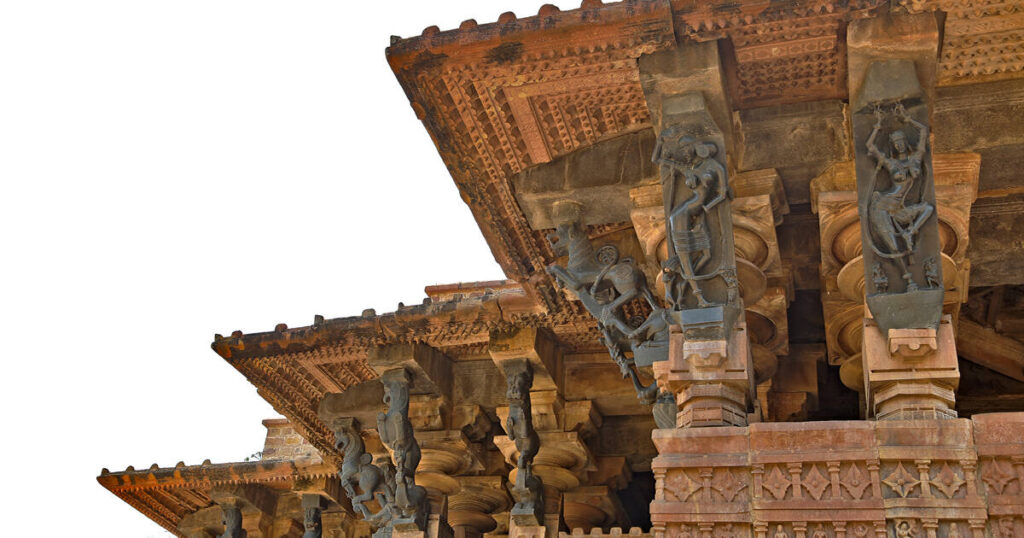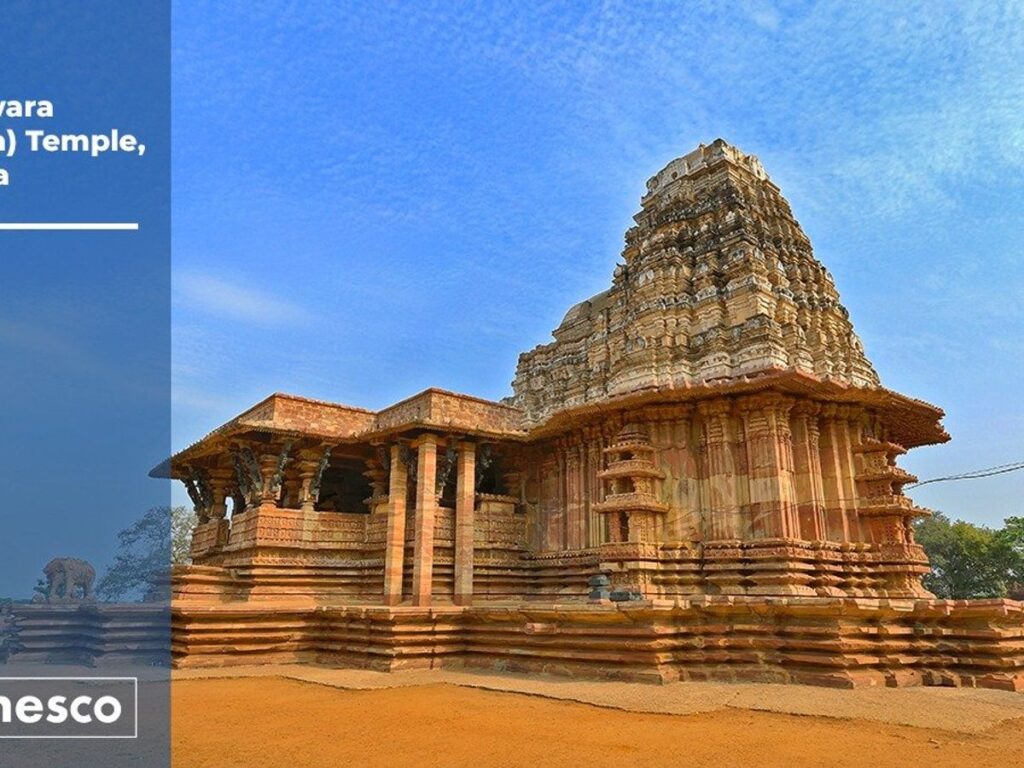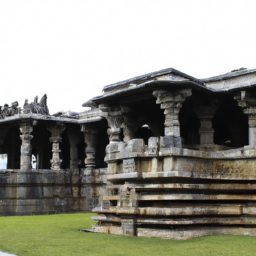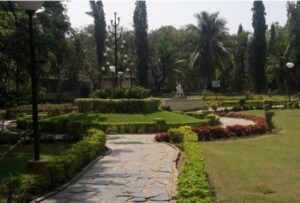Ramappa Temple in Warangal: An Architectural Gem from the Kakatiya Dynasty

Nestled in the serene village of Palampet, approximately 66 km from Warangal, Ramappa Temple is a stunning testament to the architectural brilliance of the Kakatiya dynasty. This temple, dedicated to Lord Shiva, is not just a place of worship; it embodies centuries of history, artistry, and culture. Recently inscribed as a UNESCO World Heritage Site, Ramappa Temple stands as a beacon of heritage that draws visitors from all over India and beyond.
Ramappa Temple History
Constructed in 1213 CE by Recharla Rudra, a general under the Kakatiya ruler Ganapati Deva, Ramappa Temple is renowned for its intricate carvings and unique architectural style. The temple showcases the finest elements of Kakatiya architecture, including the use of lightweight porous bricks known as “floating bricks,” which significantly reduce the weight of the roof structures. Marco Polo famously referred to this temple as “the brightest star in the galaxy of temples,” highlighting its exceptional beauty and significance.
Location and Contact Details
- Address: Ramappa Temple, Palampet Village, Mulugu District, Telangana 506164
- Contact Number: +91 9876543210
- Coordinates: 17.5000° N, 80.0000° E
Timings and Entry Fees
| Day | Timings |
|---|---|
| Sunday | 6:00 AM – 6:00 PM |
| Monday | 6:00 AM – 6:00 PM |
| Tuesday | 6:00 AM – 6:00 PM |
| Wednesday | 6:00 AM – 6:00 PM |
| Thursday | 6:00 AM – 6:00 PM |
| Friday | 6:00 AM – 6:00 PM |
| Saturday | 6:00 AM – 6:00 PM |
- Entry Fee: ₹20 for adults; ₹10 for children.
Architectural Marvel
Ramappa Temple is an architectural masterpiece that reflects the artistic genius of its time. The temple complex is built on a raised platform and features:
- Intricate Carvings: The temple’s pillars are adorned with exquisite carvings depicting various deities, dancers, and mythical creatures.
- Pyramidal Vimana: The distinctive tower above the sanctum is an engineering marvel made from lightweight bricks.
- Star-shaped Platform: The temple stands on a six-foot high star-shaped platform that enhances its grandeur.
The craftsmanship displayed in every corner of Ramappa Temple is a testament to the skill and dedication of the artisans who built it.Insert image of Ramappa Temple here
Cultural Significance
As a UNESCO World Heritage Site, Ramappa Temple not only represents Kakatiya architectural excellence but also serves as a cultural hub for festivals and rituals. Major festivals celebrated here include:
- Mahashivaratri: Devotees flock to the temple to offer prayers and participate in night-long vigils.
- Kakatiya Dance Festival: This annual event showcases traditional dance forms against the backdrop of this magnificent temple.
Visitors can also explore nearby attractions such as Ramappa Lake, which adds to the scenic beauty surrounding the temple.
FAQs about Ramappa Temple
- What is the best time to visit Ramappa Temple?
The ideal time to visit is between October and March when the weather is pleasant for sightseeing. - How do I reach Ramappa Temple?
The temple is accessible by road from Warangal (about 66 km) and Hyderabad (approximately 209 km). Local transportation options include buses and taxis. - Are there any facilities available at the temple?
Basic amenities such as restrooms and food stalls are available near the temple premises. - Can I take photographs inside the temple?
Photography is generally allowed outside but may be restricted inside certain areas during rituals. - Is there parking available?
Yes, ample parking space is available for visitors traveling by car.
Conclusion
Ramappa Temple stands as a magnificent symbol of Telangana’s rich cultural heritage and architectural prowess. With its stunning artistry, historical significance, and serene surroundings, it offers visitors an unforgettable experience that transcends time. Whether you’re drawn by spirituality or simply wish to admire its beauty, a visit to Ramappa Temple should undoubtedly be on your travel itinerary.
